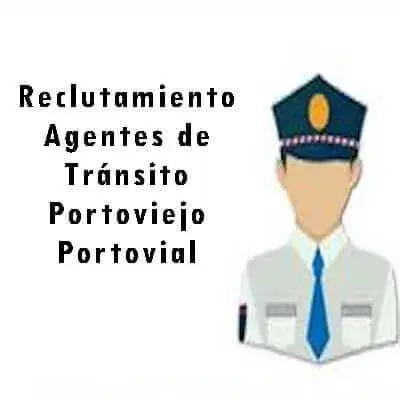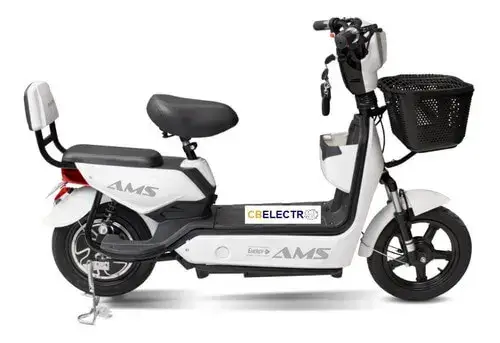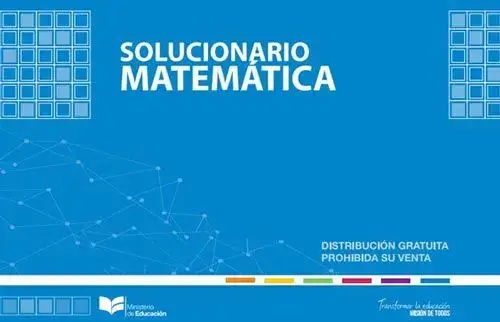Missed opportunities to address COVID-19 early may prolong response measures, experts say
Canada missed opportunities early on to tackle the COVID-19 pandemic and put itself in a better position to flatten the curve of infections sooner, say experts looking at the country’s response to the pandemic.
«Look at what the government has had to do in order to get this under control. Our economy is entirely shut down. The number of Canadians who are unemployed is at record levels,» said Dr. Raiyan Chowdhury, a critical care specialist and ear, nose and throat surgeon at the Royal Alexandra Hospital in Edmonton.
«People’s lives are changed forever.»
Chowdhury said the government took too long to realize how significant the issue was and took too long to call out the severity of the problem.
«I always feel like we’re behind the curve,» he said in an interview.
Chowdhury concedes that hindsight is 20-20 and it’s easier to see mistakes in retrospect, but he points to a list of other countries — South Korea, Singapore, Taiwan and New Zealand — that have fared relatively well to show that other governments, with the same evidence in hand, were quicker to react and did so more decisively.

And they did so on a number of fronts: tighter borders, early and prolific testing and mandatory quarantines. Jurisdictions like Taiwan also immediately put the production of medical supplies, such as masks, into overdrive.
«Like everything when it comes to this pandemic, it’s the people and leaders who moved early that made the difference,» Chowdhury said.
In January, Canada’s chief public health officer, Dr. Theresa Tam, said there would be cases of COVID-19, but «it’s going to be rare.»
All through January and well into February, Health Minister Patty Hajdu and other federal ministers reassured Canadians that the risk of getting the coronavirus in Canada was low, even after the first few cases popped up in the country.
Considering how fast the virus was spreading throughout China and into Europe, that surprised many in the medical and scientific community who were watching.
«How fast can an epidemic spread? The answer used to be as fast as the fastest horse can run or the fastest boat can sail,» Dr. Marcus Powlowski, a physician and Liberal MP who sits on the parliamentary health committee, said in an interview. «Now diseases spread as fast as the fastest plane can travel. That hasn’t been emphasized enough.»
Early focus on repatriation
The government’s initial focus was on repatriating stranded Canadians in Wuhan, China, the epicentre of the outbreak, and subsequently on Canadians to be evacuated from cruise ships. That evolved into a focus on travellers from China and those coming from other coronavirus hot spots like Iran.

While that response included quarantines for repatriated travellers, it did not involve stricter border controls in general, as Canada agreed with the World Health Organization’s advice against closing borders and travel bans.
«The long-term implications of shutting down boarders is they’re not very effective at controlling disease. In fact, they’re not very effective at all,» Hajdu said on Feb.17.
Multiple studies have shown that borders don’t stop viruses, but stricter controls can slow them down by days or even weeks. Since the goal was delaying the virus and buying time, Chowdhury said not restricting entry into Canada early on was one of the government’s biggest missed opportunities.
A month after Hajdu’s statement, Ottawa closed the border to all foreign nationals and to non-essential travel from the U.S. Chowdhury said that was weeks too late.
Before the closure, incoming travellers were asked to voluntary self-isolate for 14 days. On arrival at the airport, some people were given a pamphlet on COVID-19 and what symptoms to look out for, and what to do if they developed them.
«People coming from high-risk regions need to be quarantined,» said Dr. Ashish Jha, a professor of global health at Harvard University and the director of the Harvard Global Health Institute.
But it took until March 25 —14 days after the WHO declared COVID-19 a pandemic — for the government to do that, invoking the Quarantine Act, making it mandatory under the threat of fines up to $750,000 and even jail time.
And it wasn’t until mid-March that provinces began instituting their stay-at-home orders, closing schools, non-essential businesses and parks.
Canada’s actions up to the end of March appear to be based on some early — and faulty — assumptions.
Transmission without symptoms?
«Is it possible that an asymptomatic person could transmit the virus? Even if it is possible, we believe it is a rare event,». Tam said at the parliamentary health committee at the end of January.
The first report of asymptomatic transmission — out of Germany — was at the end of January. Yet it wasn’t until the end of March, that Tam acknowledged the growing body of evidence.
Even so, it didn’t immediately change Tam’s view on things like whether the general public should wear masks to slow the spread of the virus. Even at the end of March, she was insisting that it was not beneficial for an asymptomatic person to wear a mask.
Jha, of Harvard, said that was a misstep.
«We have known for at least a good month to six weeks that asymptomatic transmission is real and it happens,» he said. «Even when you’re just breathing or talking, you can be spreading the virus through droplets and that is what makes the case for masks much more compelling.»
In early April, Tam said non-medical masks can help lower the risk of spreading the disease to others even if you don’t feel ill.

WHO guidelines
Prime Minister Justin Trudeau, along with the health minister and other federal ministers, repeat often that they are working closely with the WHO, following its advice and the advice of its experts.
There are a growing number of voices who say that is part of the problem.
Over the past few months, the language Canadian officials would use — whether on borders, asymptomatic transmission, on the value of masks — echoed very closely that which was coming out of the WHO.
«They always seem to defer to the World Health Organization,» said Chowdhury. «Anybody that follows politics realizes that the WHO doesn’t necessarily make decisions solely based on medicine.»
In recent weeks, the WHO has been criticized for being too beholden to China, with some questioning if that influenced some of its advice. This week, the WHO’s director general, Tedros Adhanom Ghebreyesus, rejected a suggestion from U.S. President Donald Trump that the organization was «China-centric,» saying: «We are close to every nation, we are colour-blind.»
Jha was part of an independent panel that reviewed what went wrong with the global response to the Ebola outbreak in 2014-2015. While critical of the WHO, Jha still sees value in it, but advises against countries that have strong scientific communities from following the organization blindly.
Watch: Trudeau says there will be ‘an awful lof of learning’ about COVID-19 response
«I think the WHO is a really important entity. It’s an important part of this pandemic response,» he said. «But I don’t think countries like Canada need to feel like they’re dependent on WHO advice to make their own policy.»
One example is Taiwan, which is shut out of the WHO because of China’s influence with the UN body. Because of that, it has been excluded from emergency meetings and expert briefings and was forced to rely on its own evidence-gathering and judgment.
Early on, Taiwan enacted tighter borders, mandatory quarantining, prolific testing and tracing of cases, as well as widespread mask use. With a population of nearly 24 million, Taiwan has reported fewer than 400 cases and six deaths so far.
Taiwan also started early in its stockpiling of medical masks and other supplies.
Despite assurances in January that there was a healthy federal stockpile of equipment that could be used as a backup to any shortfalls by the provinces, Canada is now scrambling to produce millions of items as it competes in the global race for much-needed supplies.
Provinces are still struggling to test people for the virus in larger numbers and to obtain faster results. They are a long way off from being able to test asymptomatic people, and then isolate those who test positive, something Jha said will be key to easing restrictions and getting back to normal.
Of course, Canada is not alone in having missed opportunities.
«The world essentially diverged into two main strategies,» said Jha, explaining that one strategy — the more successful one — was to do early and aggressive testing and isolation.
«Almost none of the Western democracies did that. They have really just all kind of bungled their way through this.»






